Place, hour and season.




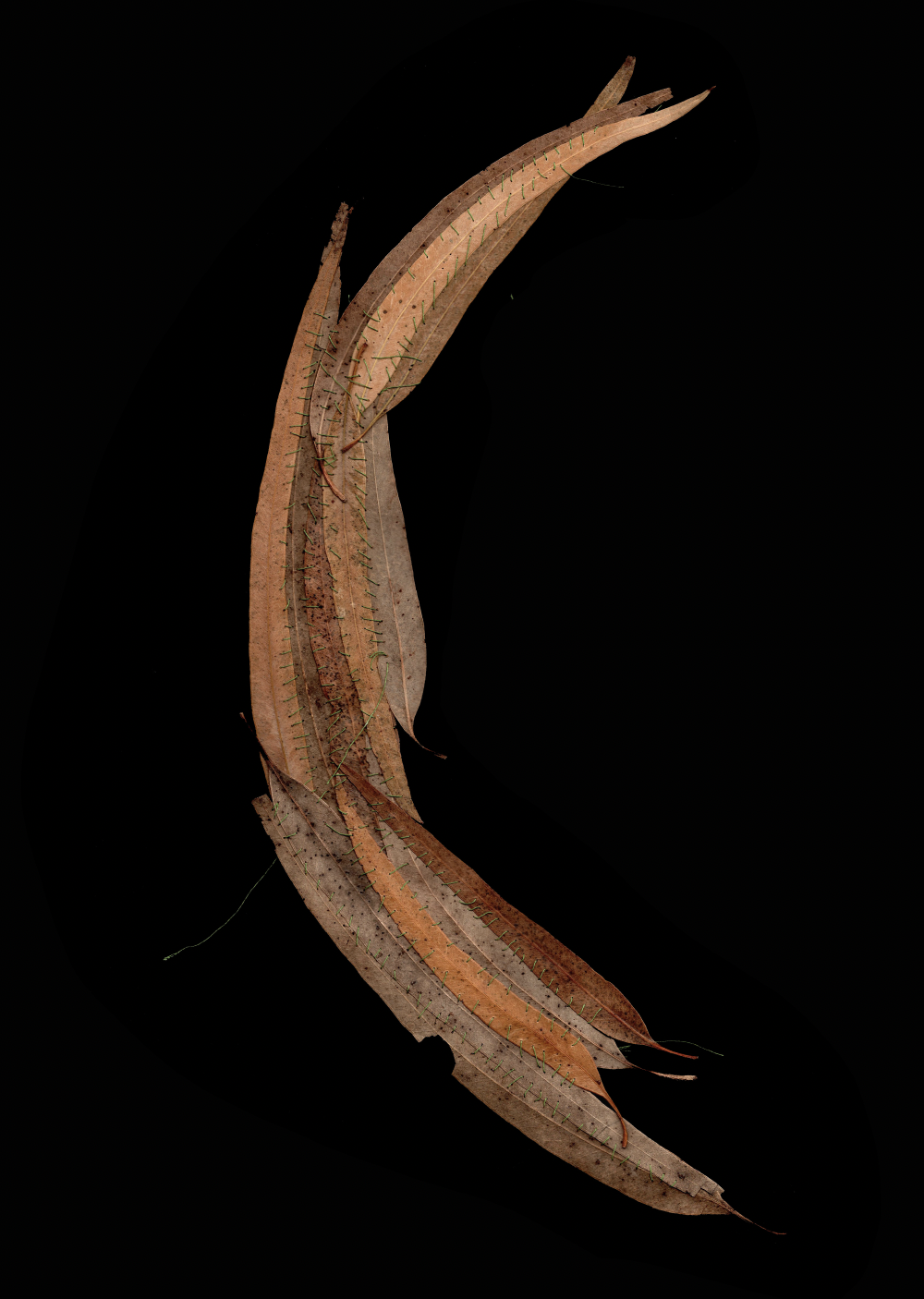

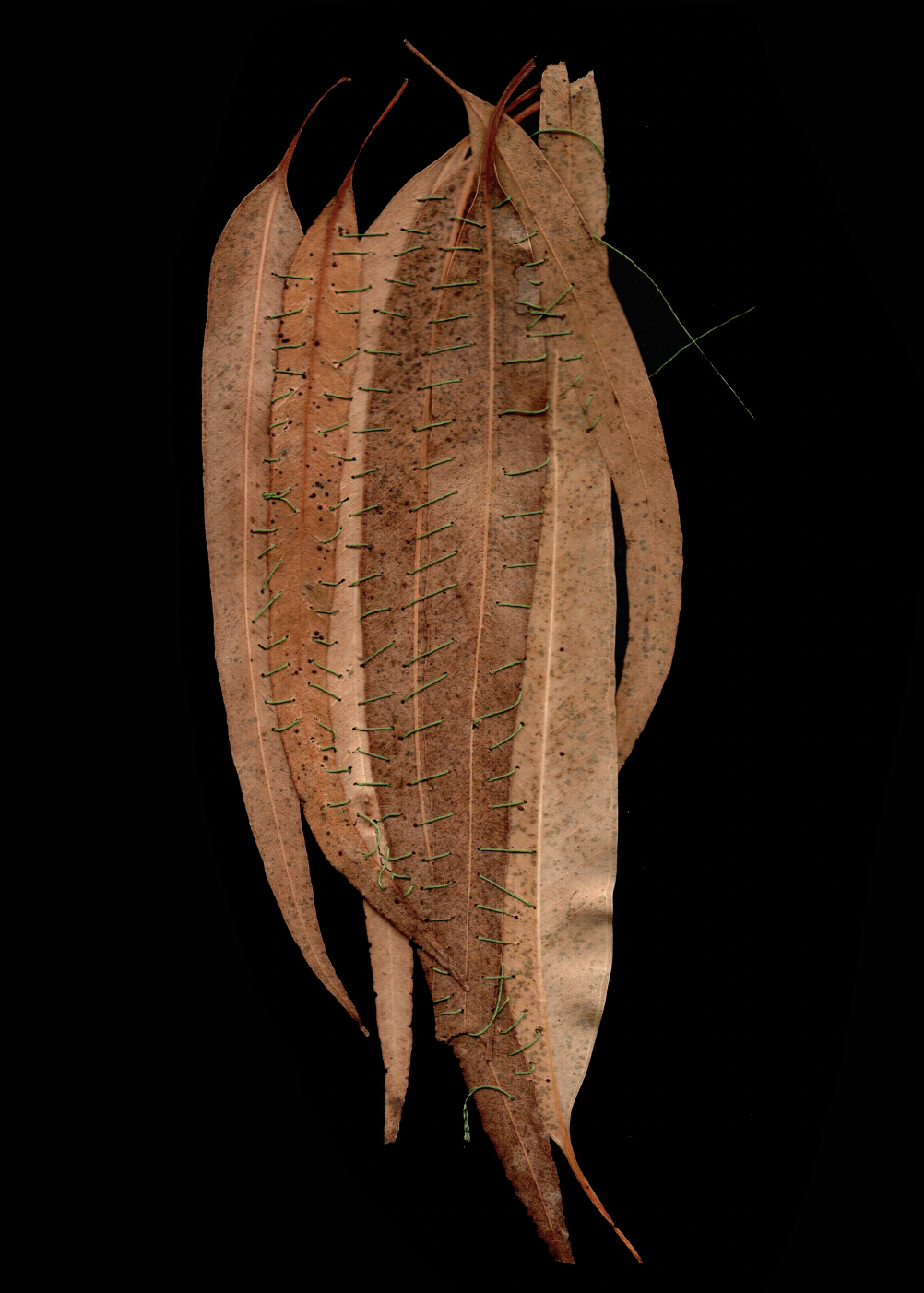







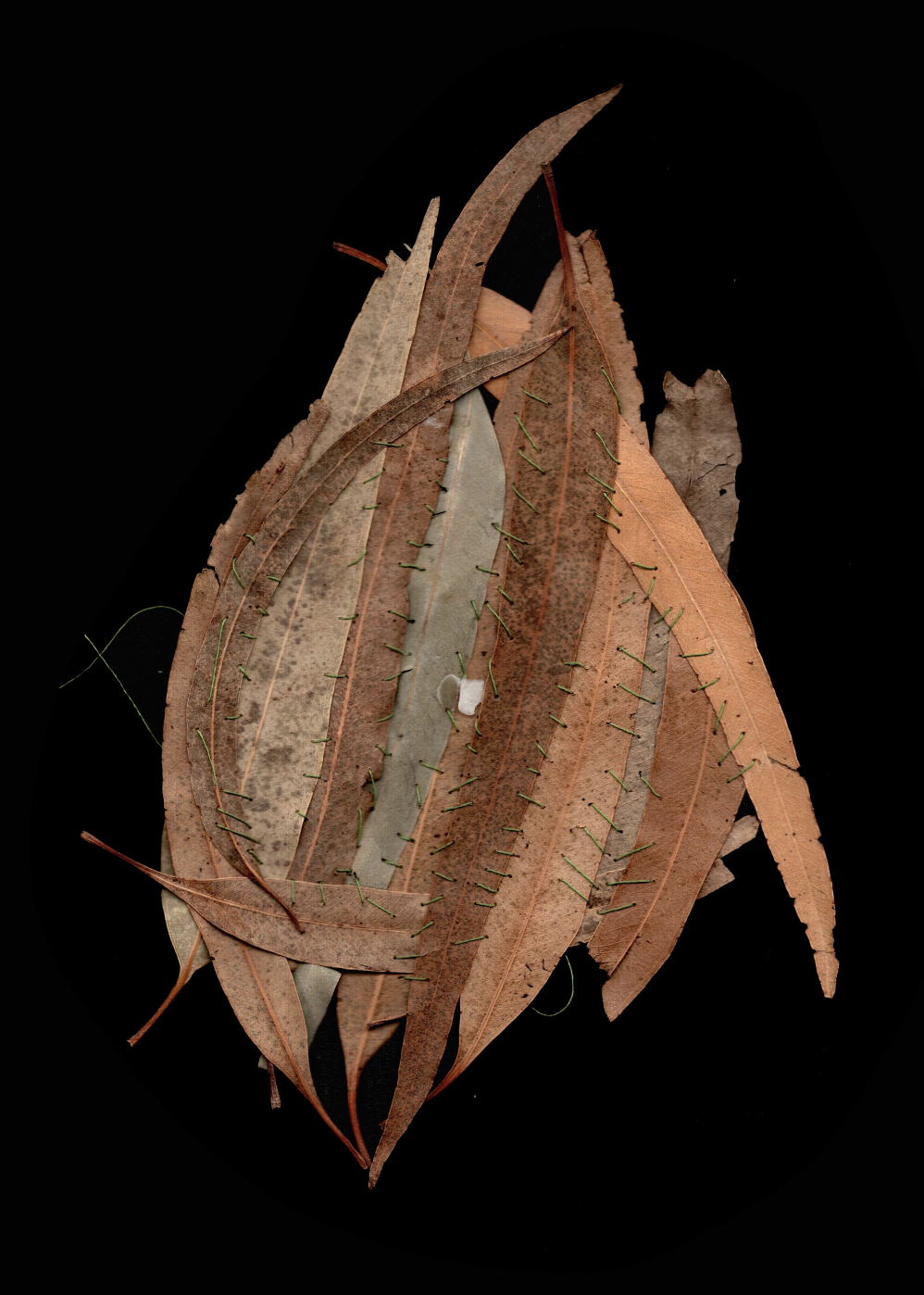


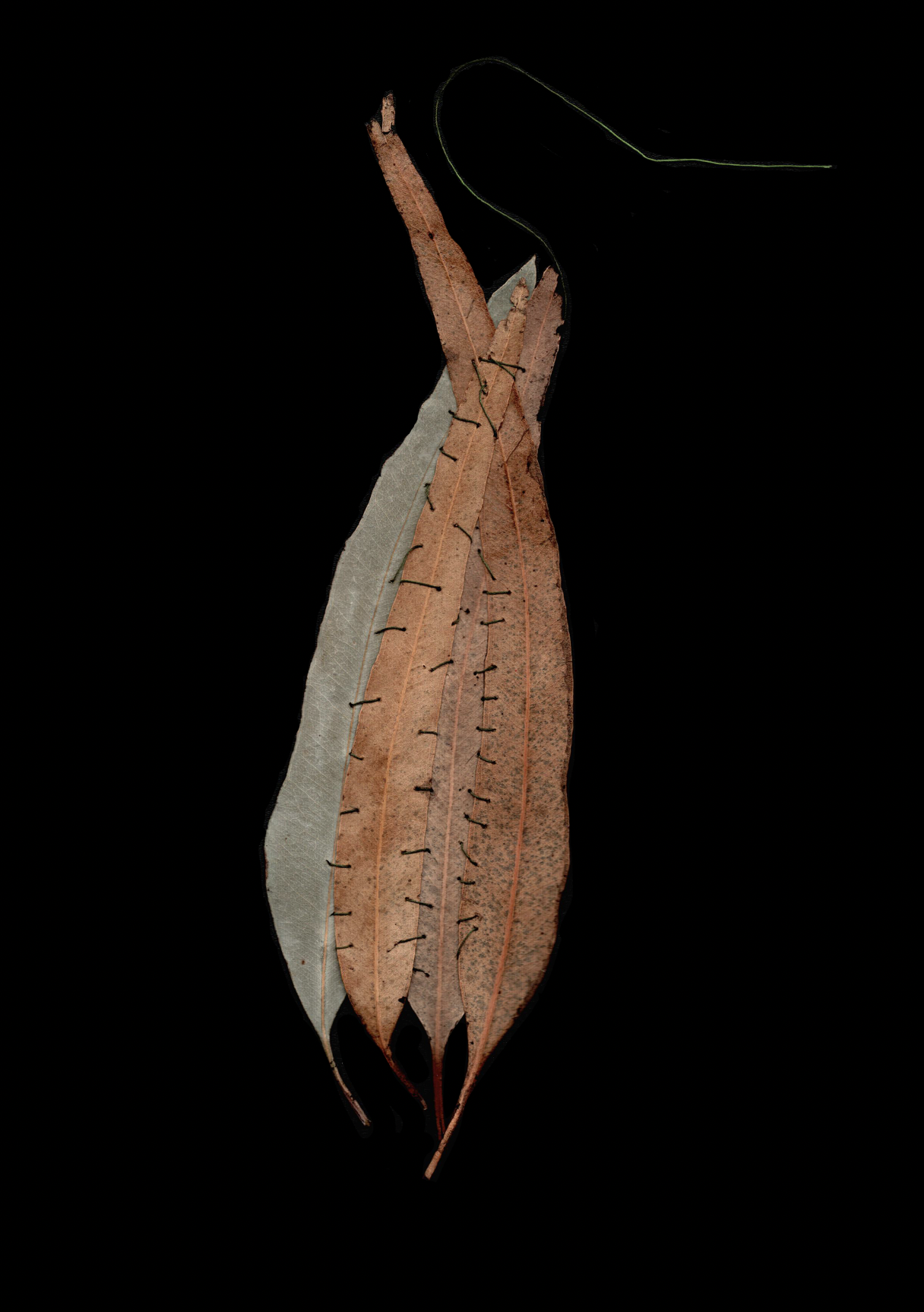
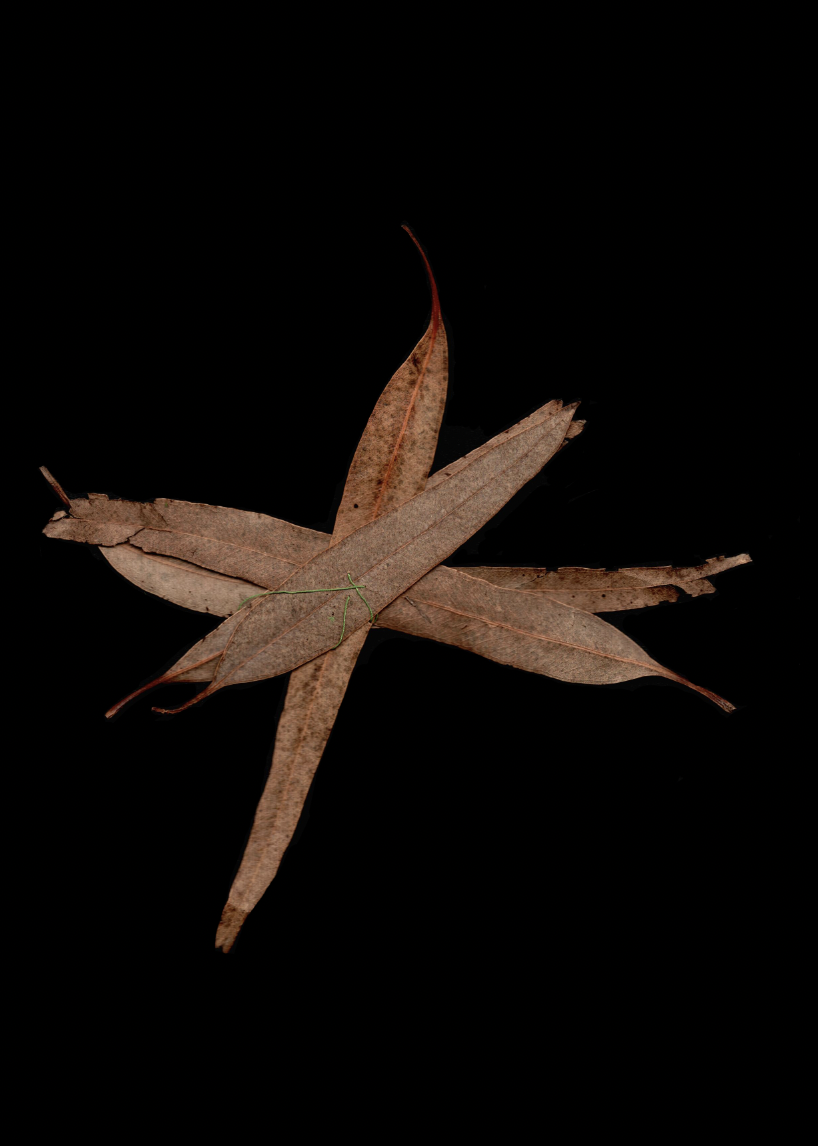

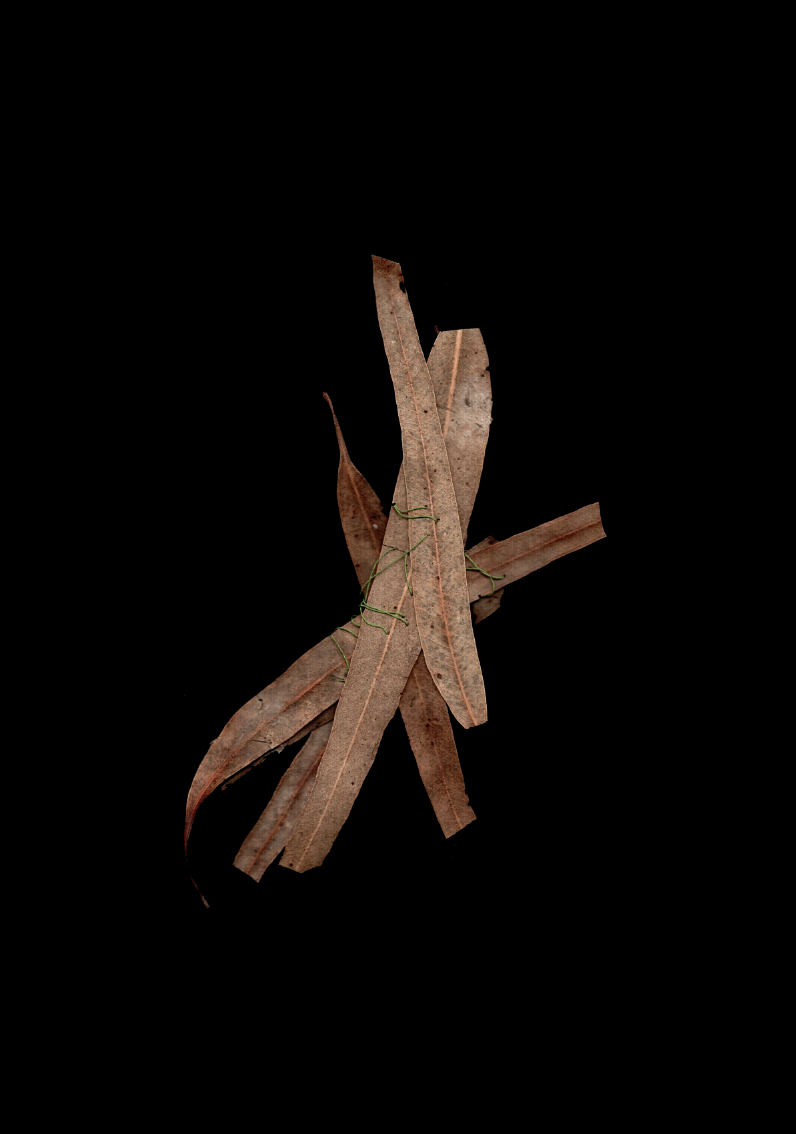


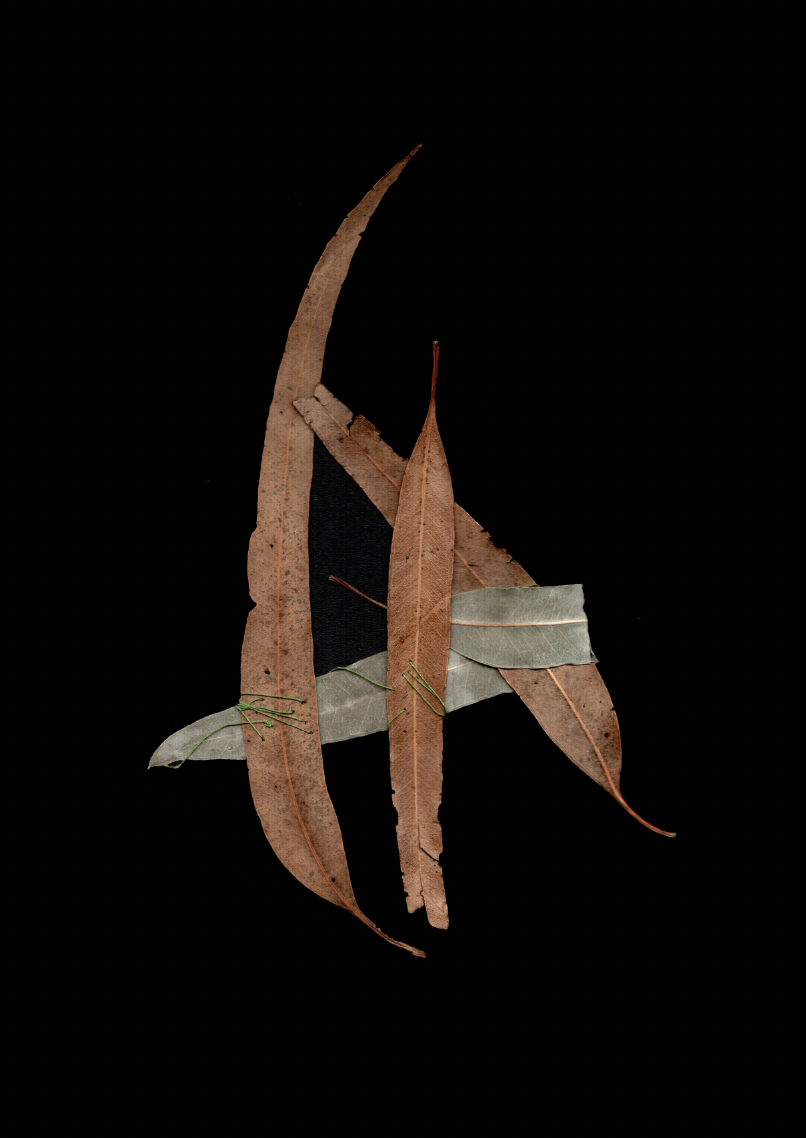






Place, hour and season.
The weaver bird builds its home from found fragments—leaves sewn into fragile shelters, held together by their own form. This alchemy of nature mirrors the woven world of Anni Albers, where structure is both malleable and eternal. At Black Mountain College, she taught students to listen to materials—paper, bark, metal shavings—learning the hidden language of threads and fibres. Her essay 'The Pliable Plane' (1957) focuses on the similarities between architecture and textiles, identifying the properties needed to make textiles a suitable material for shelter. Albers notes that both crafts are ancient: ’one for a settled life, the other for a life of wandering'. In weaving, she saw echoes of habitat and ritual, a ‘whole from separate parts’, like nests, shelters, and the patterns of life itself. She even suggests that the use of materials as covering and protection has made us 'independent of place, hour and season’.
In 2024, Kate Goodrich participated in the artist residency THREAD Senegal, facilitated by the Josef and Anni Albers Foundation and Le Korsa. Toshiko Mori’s sweeping roof, built from local materials, recalls draped fabric—an architectural parallel to Albers’ observations. The artist residency offered up an experience of stepping out of the everyday (‘place, hour and season’) and gave Goodrich the opportunity to consider the meaning of home, and the artist’s studio, becoming mindful of the small rituals we all enact to make ourselves feel more comfortable in our surroundings. A kind of nesting.
Experimenting with different forms and found materials during her stay, a self-portrait of her shadow marks an inversion of Goodrich’s earlier practice, using moonlight to expose photographic paper to create negative impressions of leaf shapes. This new work recalls the Earth/Body art of Ana Mendieta, exploring the power of the feminine and nature’s nurturing force through elemental materials.
The sewn leaves placed in ritual across the surface of this piece are the result of a series of meditative making sessions with local boys who joined Goodrich at her work. This collective sharing of moments translated into a composition of forms and materials. As Goodrich describes: "We've made a visual language, an alphabet...”. This non-verbal communication, a kind of doing as being, is reflected in the rituals of how we inhabit space and make it our own: 'home making’.
Goodrich’s experience also negotiated the challenge of space: it can be somewhere that evokes captivity, as well as freedom. The nest of the weaver bird is as encompassing as it is comforting: an almost entirely enclosed cell, a cage of woven reeds. Towards the end of Goodrich’s stay in her makeshift studio, which occasionally held her captive in its surrounds, she encountered a weaver bird. Watching as it darted and thrashed, a frantic, brightly coloured arrow. The little creature calmed upon realising that the door of the studio was an aperture and it flew into the open air. As it did so, the realisation that ‘the door is always open’ occurred to Goodrich. This understanding has become integral to her creative practice: inspiring her to expand into glass blowing, sculpture, tapestry, photography and canvas sourcing found materials, beyond the confines of the studio.
Through these acts of making and being she finds a form of communion, transcending spoken and written language to create a shared dialect: a silent, dextrous one that is as complex as a weaver bird's nest. It speaks an unspoken word: ‘Home'.
Mellany Robinson, February 2025
